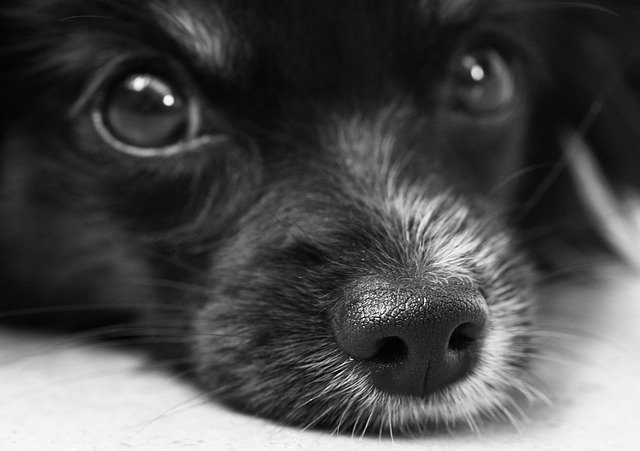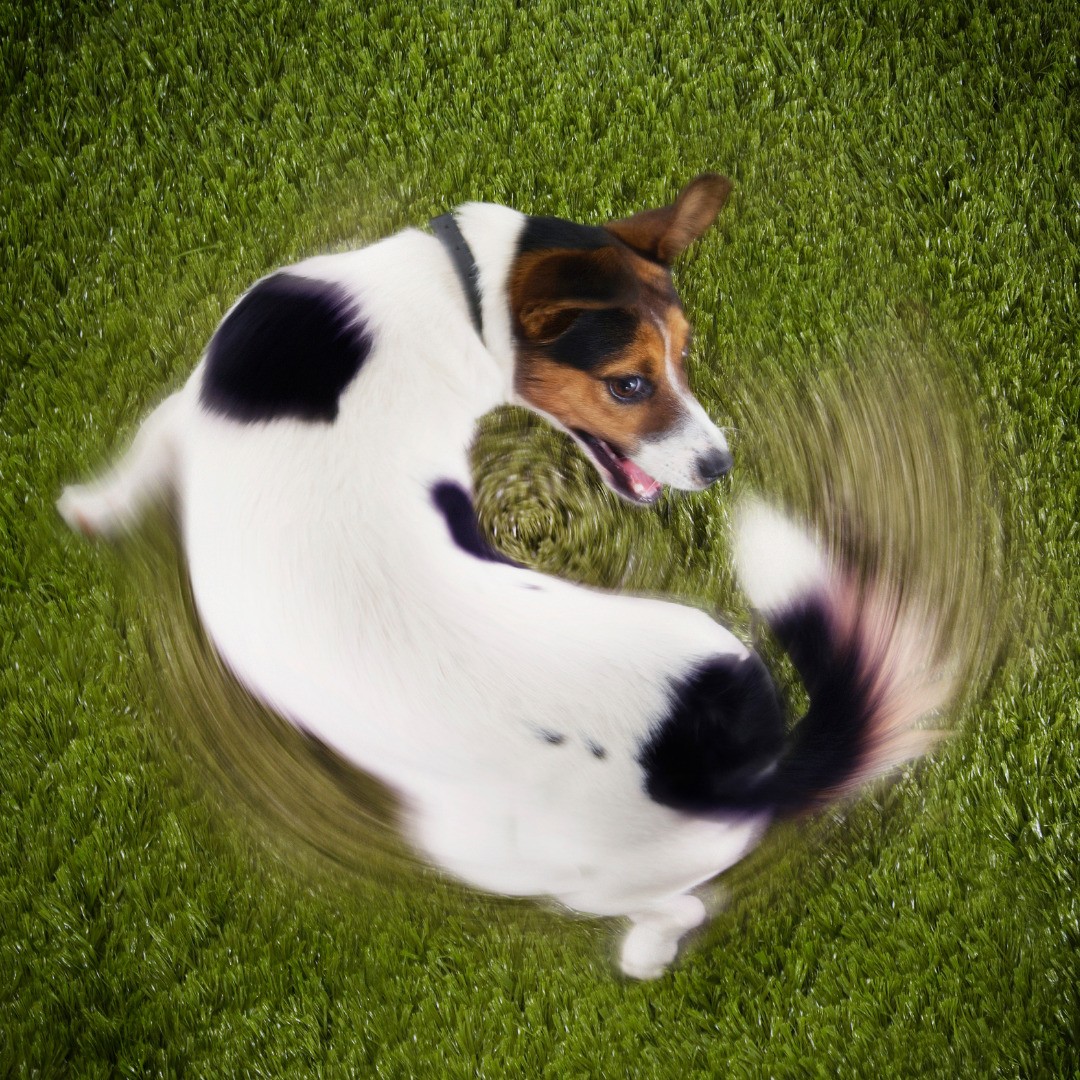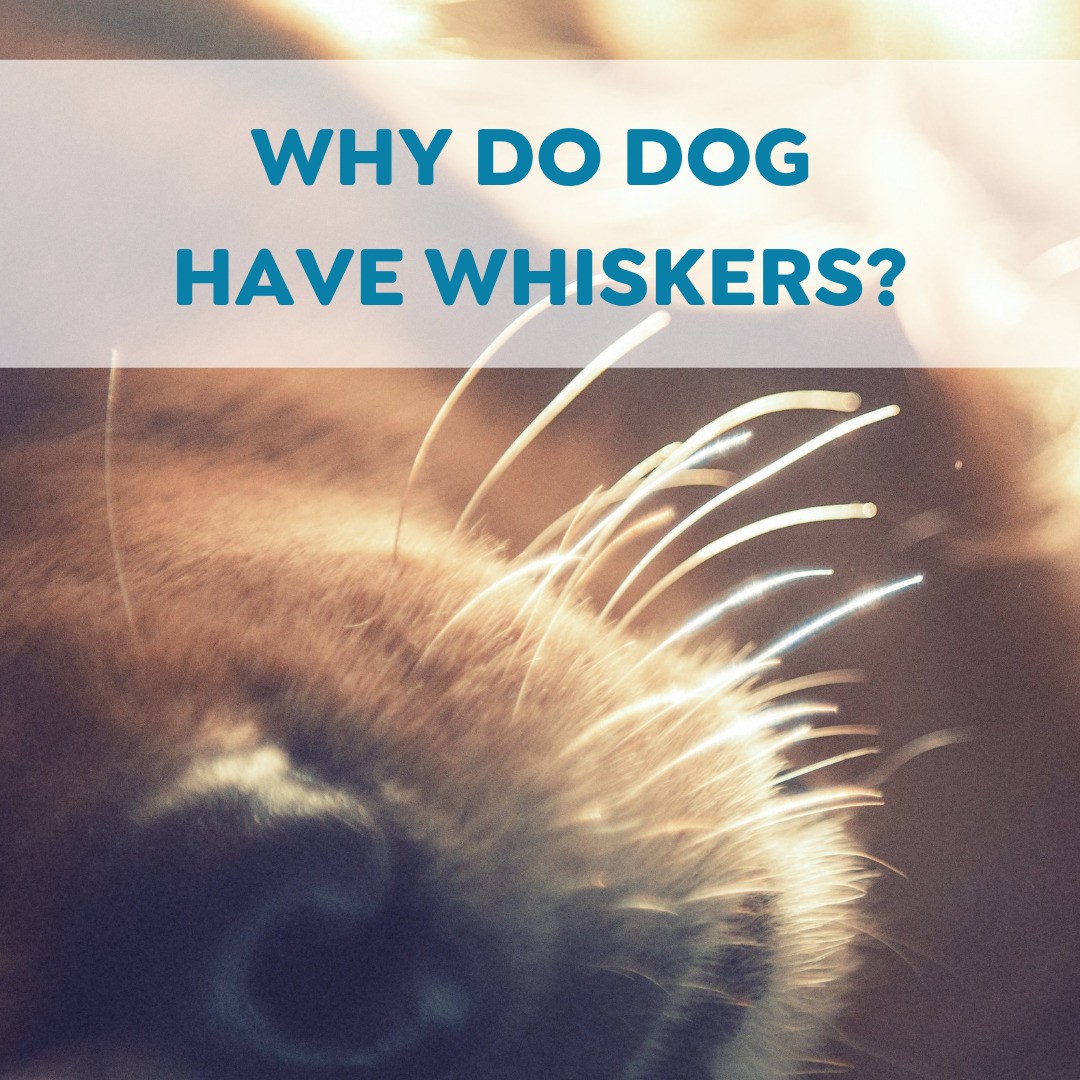Why Do Dogs Wag Their Tails?
Your dog runs up to greet you, tail wagging enthusiastically. Later on, you notice that he wags his tail differently when he’s playing with his canine friend. Tail wagging is a common dog behavior, but why do dogs wag their tails?
Dogs Wag Their Tails to Communicate
Tail wagging is, at its very base, a communication method. Dogs also communicate through many different body language techniques, such as raising or lowering their ears, curling back their lips, and altering the overall position of their bodies. While these body language techniques can be subtle, wagging a tail isn’t – tail wagging is a vivid and noticeable communication technique.
Dogs wag their tails to communicate with humans, other dogs, and other animals. Tail wagging can be used to communicate excitement, but it also means much more than that. Many people have come to understand tail wagging to mean that a dog is happy, but a wagging tail can also indicate that a dog is frightened or uncomfortable.
Dogs Wag Their Tails to Communicate Excitement
Many times, your dog will wag his tail to communicate excitement. This is the tail wagging that you see when you arrive home from work, when you ask your dog if he wants to go for a ride, and when you hold up a ball when preparing to throw it. This tail wagging is intended to tell you that the dog is excited about what will happen next.
When your dog is communicating excitement by wagging his tail, his tail will usually be lifted up while he wags it. Your dog will wag his tail quickly, and may wag his tail so enthusiastically that his whole back end starts to wag with it. An excited dog may dance about and run around as he wags his tail.
There’s another subtle way to tell if your dog is wagging his tail from excitement. When dogs wag their tails in excitement, they tend to wag them more to the right side of their bodies than to the left. This may be hard to see unless you can look down over your dog.
Dogs Wag Their Tails to Communicate Fear or Discomfort
The second, lesser recognized reason for a wagging tail is that a dog is uncomfortable or even frightened. It may initially seem difficult to be able to tell the two types of tail wagging apart, but tail wagging to communicate discomfort is actually marked by some notable characteristics.
When a dog is wagging his tail to communicate fear or discomfort, his tail will generally be lower to the ground. The wagging itself will be slower and cautious, and it’s unlikely to see movement in the dog’s hind end. Your dog’s tail wagging may be accompanied by stiff body language and a lowered head. Your dog may also lick his lips.
In contrast to how the tail tends to wag to the right from excitement, dogs who are uncomfortable tend to wag their tails more to the left.
With practice and increased awareness, you can learn to interpret what a dog’s tail wagging means. If you ever see a strange dog wagging his tail, remember that the dog may be indicating fear instead of excitement.






